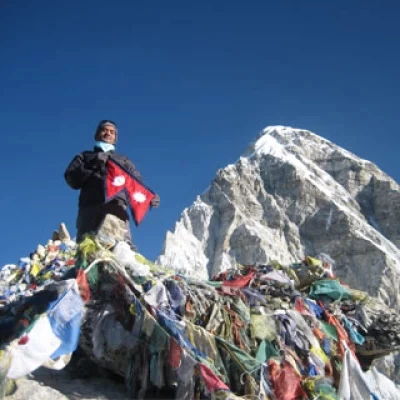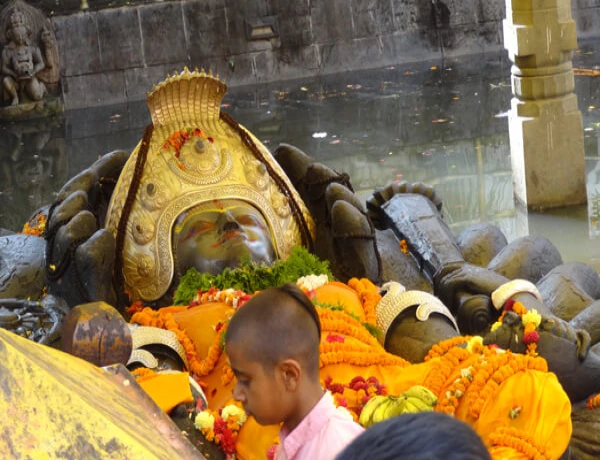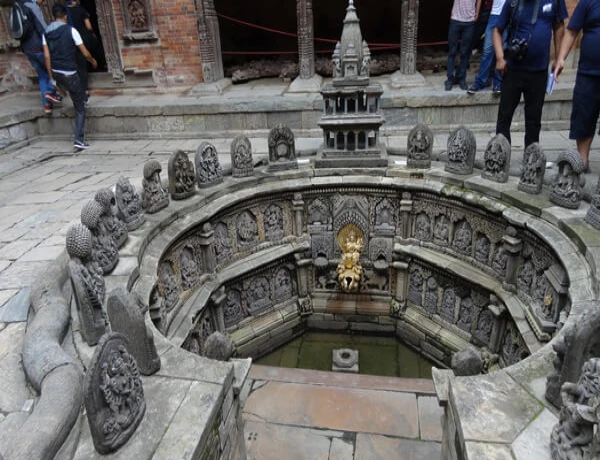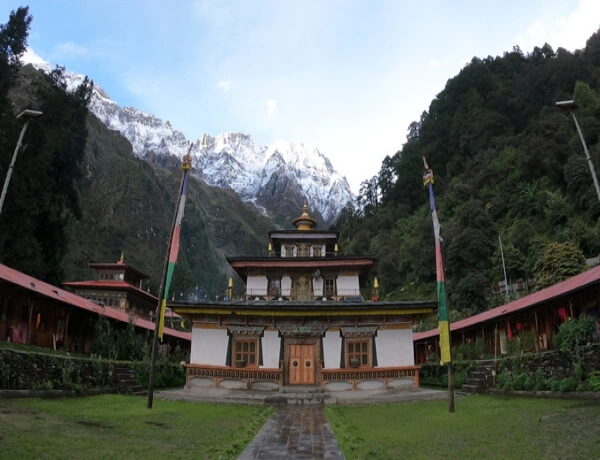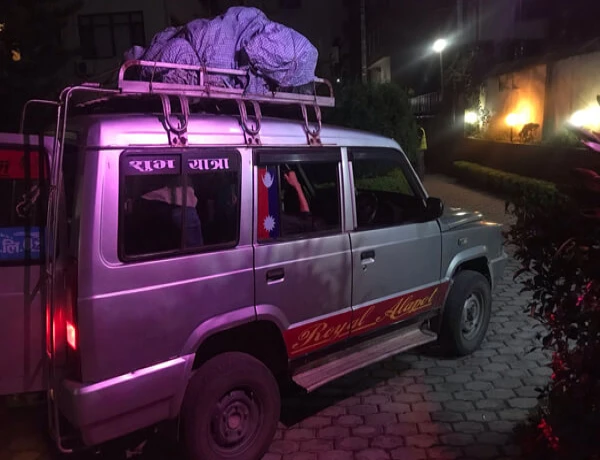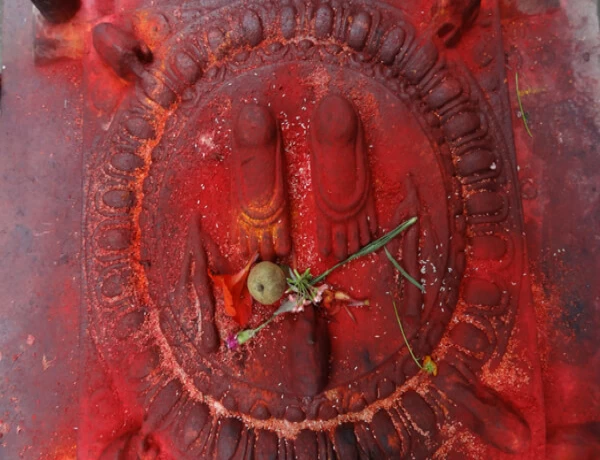An average traveler looks up the Nepal Teahouse Trekking Packing List yet gets sort of the things when they travel. Tension runs high. A trip turns into a bad memory once the traveler is unprepared. Let that traveler not be you.
Nepal reigns as the number one hub for a relaxing and thrilling tourist destination. Travelers from around the world come to Nepal for trekking, adventure sports, mountaineering, and so on. The small nation heartily welcomes free spirits traveling in pursuit of incredible scenery everywhere.
Let’s look at some of the unmissable information on the Roof of the World:
How’s the weather in Nepal?
The weather gives insight into a Nepal trekking packing list:
- March, April, and May: The pre-monsoon season sees variable weather, mostly mild temperatures throughout the day.
- June, July, and August: The monsoon season brings showers over mostly green hills. The days become perfect for observing lush habitats of exotic fauna.
- September, October, and November: The most popular trekking season brings perfect weather for long hours of trekking and majestic sunrises.
- December, January, and February: Visiting the Terai (plains) becomes easier during nightng these colder months. January sees an average of 52 degrees Fahrenheit.
What to Wear in Nepal?
The major part of the Nepal trekking packing list is clothes. People regard proper clothing as a form of respect for their culture, especially from foreigners.
- For Hiking: Hiking through local villages and areas requires comfortable yet modest clothing. The clothing articles also depend upon the weather. Colder regions require windcheaters, caps, and neck and face masks.
- For Cities: Cities like Kathmandu, Chitwan, Pokhara, and Dharan get more liberal on clothing. However, religious and cultural places expect modest clothing.
What to Pack and What to Buy in Nepal?
Prices in Nepal have become much cheaper than in most foreign countries. Cities usually offer anything from luxurious items to reasonable discounted prices. Such range becomes limited in rural areas like the trekking regions of the Himalayas.
Lodging is relatively cheaper in village areas than in cities. Even so, renting or hotel rooms can be found at varying prices across cities. The cheapest rate goes from $ 10 per night.
The Ultimate Packing List: Here are 20 Essentials You Need to Carry
The packing list for trekking in Nepal remains incomplete without:
1. Passport Photocopy and Passport-Size Images
It becomes risky to carry passports while traveling around the local neighborhood of the city. Yet, some of the sites require identification. Hence, carrying a passport photocopy and passport-size photos is the better option.
2. Travel Insurance for Nepal
Travel insurance is highly recommended, and the policy must cover medical and emergency repatriation, including helicopter rescue. In the current scenario, travelers have to present insurance against COVID-19 of at least USD 5,000 per person. The expedition teams must also provide insurance coverage against COVID-19 of a minimum of NPR 100,000 (~ USD 850) to Nepal's team members before obtaining permission for the expedition or trekking.
3. Comfortable Hiking Shoes But Don't Forget About Slippers.
Most lodges provide slippers to guests. Such arrangements may not be found in teahouse lodges, so bring a pair for comfort.
4. 4-Seasonal Sleeping Bag
A trekking gear list becomes useless without sleeping bags. Sleeping bags are staples in remote trekking trails where teahouse lodges are not readily available, like Rara Lake Trek. Even for the most popular Mt. Everest Base Camp Trek and Everest Three Passes Trek, you require four seasonal sleeping bags due to the cold.
5. Universal Waterproof Phone Case
Protect your phone with waterproof cases in the situation of a sudden downpour during monsoon seasons. A little fun in the water during summer treks won't stop if you have waterproof phones.
6. Nepal Power Adapter
Most places in Nepal have C (two round pins), D (one triangle and two round pins), and M (three round pins) plug types. Local markets sell connecting plugs if you have a different type of plug.
7. Power Bank/Portable Charger
Travelers consider power banks as life saviors when you keep taking thousands of pictures every second. During unexpected blackouts, keep yourself connected even during emergencies.
8. Female Urination Device
Although not available in Nepal, travelers can use it when there are no proper urinals around on trips. Some areas of Nepal do not have clean toilets.
9. Activated Charcoal
Locals use activated charcoal for purposes such as natural toothpaste or cleansers. This natural ingredient also keeps stomach bugs at bay when traveling.
10. Neck Wallet
A handy neck wallet gets all your essentials like a phone, passport, and plane tickets ready—no need to fumble through a messy backpack to get it.
11. Travel towel
Most lodgings (even teahouses) provide clean towels, yet it is advised to bring one small face towel just if the hygiene of the place you are staying at is not up to the mark.
12. Water Bottle With a Built-In Filter
Clean drinking water rarely makes it to relatively less developed areas outside of Kathmandu. Water bottles with a built-in filter should be on top of anyone’s Nepal trekking gear list.
13. Day Backpack and A Scrubber Wash Bag
Scrubber Wash Bags, the epitome of convenience, make it easy to wash clothes during hiking, trekking, or traveling. The practical process helps in conditions of scarce water supply during trekking in higher altitudes.
14. First-Aid kit
Although the majority of travel agencies offer travel first aid kits, one must bring personal medications. Foreign medicines may not be available readily in Nepal’s medical pharmacies.
15. Sunscreen And Sun Hat
All travel to hotter areas like Sauraha, Biratnagar, and Bhairawa needs a good 50 SPF sunscreen with UVA and UVB protection. A sun hat doubles the protection.
16. Virtual Private Network (VPN)
Most apps and social networking sites remain free in Nepal. However, specific apps like Spotify, Netflix, and others require a VPN to function due to it not being available in Nepal.
17. Rain jacket Women’s and Men’s
Rain jackets protect from the sun and rain. Mammut Meron Light, Patagonia Torrent Shell, and Marmot Precip Eco have the best ultralight rain jackets for trekking and hiking.
18. Hand Sanitizer
Due to the COVID-19 situation, sanitizers and surgical masks have been mandated in all places of Nepal as a safety protocol. Apart from that, sanitizers become lifesavers when a clean water source is scarce.
19. Insect Repellent and Leech Socks
Insect Repellents like Odomos (a famous local brand) protect from dengue and malaria-causing mosquitoes during warm months (especially in the Terai region). Oversized socks (leech socks) protect from the blood-sucking fiends during monsoon hikes in densely forested areas.
20. Walking Poles
Even the most athletic hikers and trekkers require walking poles on trekking routes in Nepal. The mostly graveled and steep trails need support to make it to the top.
Here is a list of the 10 Most Popular Trek in Nepal:
- Everest Base Camp Trek -14 Days
- Everest Base Camp Trek and Fly Back Helicopter -9 Days
- Everest 3 Passes Trek -21 Days
- Annapurna Base Camp Trek via Poon Hill -12 Days
- Upper Mustang Trek-15 Days
- Manaslu Circuit Trek -14 Days
- Kanchenjunga Circuit Trek -16 Days
- Nar Phu Valley Trek -9 Days
- Langtang Valley Short Trek - 7 Days
- Makalu Base Camp Trek -20 Days
Nepal Packing List: FAQ about travel in Nepal
1. Is tap water in Nepal safe to drink?
No. The drinking water authority advises boiling, using purification tablets, or opting for bottled water for drinking purposes.
2. What is the food like in Nepal?
Varieties of cuisines make it to local restaurants in the cities. A staple diet consists of rice, lentil soup, vegetable curry, and Achar (sweet or spicy sauce). Staple foods are rich in carbohydrates, protein, and fat.
3. What are some basic safety precautions in Nepal?
Never leave your belongings alone. Stay wary in secluded areas, especially during nighttime. Never trek alone on sparsely populated trails. Follow guidelines set out by the government.
4. Do people in Nepal speak English?
Yes. Mostly in cities, anyone can speak tentative English. Such may not be the case in rural areas where tourists are scarce.
5. How much money should I budget for Nepal?
Depending upon the activities you wish to do, the amount may vary. Travelers enjoy budget-friendly options anywhere. A standard $300 may be required for at least a week in Nepal.
6. What’s the best way to travel around Nepal?
Flights are the most convenient. Long-distance travel buses are budget-friendly and get you close to the action of the journey.
7. Should I tip in Nepal?
Travelers are required to tip a nominal amount to signify gratitude for the service providers (porters, trekking/hiking guides, waiters, etc.).
8. What should I know about Nepal before going there?
Nepal is not a part of India. Nepal is a sovereign nation requiring a visa to enter, and overstaying a visa can result in being detained and fined.
9. Do I need a visa to visit Nepal?
Yes. All foreigners (apart from NRNs) require a tourist entry visa from the Nepali diplomatic missions abroad. An on-arrival visa requires filling out a form and a passport-size photo. Due to the COVID situation, the visa application also needs a PCR test report within 48 hours.
10. Are there ATMs in Nepal?
Yes. Plenty of ATMs readily operate in city areas. ATMs accept Visa cards and Master Cards. It is always best to carry cash during travel.
11. What is the best time of year to visit Nepal?
The spring (March-June) and autumn seasons (September-November) remain the best to visit for trekking purposes. Else, travelers visit Nepal all year round.
12. Does Nepal have good internet and phone connections?
Cities offer internet as fast as 80 Mbps. Ncell and NTC both offer 4G data connections, which are usable in rural areas. The Nepal Telecom phone connection expands all over Nepal.
13. What vaccinations are recommended for traveling in Nepal?
Authorities advise taking general vaccines for malaria, flu, and polio.
14. How can I be respectful of local culture and religion in Nepal?
Travelers need to research the areas of religious importance to prevent being offensive to locals. Secluded rural areas like Lo-Manthang may not appreciate taking pictures.
Conclusion
The above-mentioned information covers almost everything you need to know to pack gear for the Nepal Trek. If you have any queries or further information, please feel free to leave a comment below or contact us.
